by Ruth Sova and Chris Alexander

Stabilization is the ability to maintain balance and control during movement. This requires coordination between the muscles, tendons, and ligaments that support the joints. When you perform any type of movement, the prime movers, or agonists, are primarily responsible for creating the movement. The antagonist muscles oppose the movement of the prime movers. There may also be some muscles that assist the movement. The stabilizer muscles provide support and stability to the prime movers. The muscles of the core, including the transverse abdominis, multifidus, gluteus medius, and pelvic floor muscles, function as stabilizers in nearly every movement. Ideally the stabilizer muscles fire first, that is, movement begins from the inside, ensuring that the movement is executed with proper form.
When we were born, we all moved from the inside out. Eventually our bodies found it was easier to move from the outside in. Our superficially placed muscles fire first when we are being efficient or mobility focused. When we are safety or stability focused, our deep tissue muscles fire first.
Our bodies want to be efficient, so they often find the easiest way to do things. The easiest, most efficient way to lift your arms during ‘the wave’ in the stadium is to propel your head forward. The safest way is to stabilize your core so only the arms move. The easiest, most efficient way to lift your knee up high is to propel your torso forward. The safest way is to stabilize the torso before lifting the knee.
Other common efficiency examples you’ll see or feel:
- Rib flare and lumbar extension to reach overhead instead of letting the thoracic spine/ribcage mobilize.
- Knee collapse (valgus) or foot collapse during squats and stairs because the hip isn’t stabilizing in the frontal plane.
- Hip hitch or leaning the trunk forward during walking/running when the lateral hip can’t hold the pelvis level (Trendelenburg).
- Neck tension and breath-holding when the diaphragm isn’t leading the breath, forcing accessory neck muscles to overwork.
- Back rounding and twisting to pick objects up when the hips won’t hinge.
None of these mean you’re “broken”. It means your brain / nervous system chose a strategy that worked once and then it became automated. Habit, fatigue, aging, pregnancy/postpartum changes, and sport repetition—can prompt the body to find “workarounds” that feel efficient in the moment but quietly tax joints, tendons, and the nervous system.
Sometimes an injury or surgery can change the muscle firing sequence. When you injure a body part it will hurt to use the muscles around it, so other muscles get involved. This is called compensation. Your body should return to normal after healing, but it often doesn’t. You may end up with muscles that shouldn’t be involved firing for the rest of your life. When a joint that should hold can’t, the neighbor tries to move less or move too much.
The good news is that we can teach our bodies to choose safety, which means moving from the inside out (stabilize first). At its simplest: stability is controlled stillness—the precise amount of muscular co-contraction that lets other segments move freely. It is not “rigid bracing all the time.” It’s dynamic and follows two steps.
The first step is the breath. Real core stability starts with the pressure system inside the torso. When the diaphragm descends on inhale and the pelvic floor responds, the abdominal wall and deep spinal muscles (transversus abdominis, multifidi) create 360° intra-abdominal pressure that supports the lumbar spine like an internal airbag. Exhalation then organizes the ribcage over the pelvis so force transfers cleanly from the ground up through the hips, trunk, and shoulders. This is why “stack your ribs over your pelvis and breathe wide into your sides and back” is such potent coaching; it sets the platform before you move.
Step two is brain entrainment. Brain entrainment, also called neural entrainment, is a phenomenon where the brainwaves synchronize with external stimulation. It is how the brain picks movement patterns (helpful and not). Your brain has two top priorities: safety and efficiency. If a pattern feels safe and lets you accomplish the task quickly, your nervous system will favor it … even if it steals stability from one place to create motion somewhere else. Practice engrains these choices into durable habits. Some habits are protective and powerful; others become compensations that limit performance or invite overload. Therefore, it is necessary to relearn stabilization.
The Heavy Concept is an excellent technique for relearning stabilization. It puts the focus back on the synergistic and stabilizing muscles and takes it away from the prime mover. Here’s an example. While you are sitting, do 4 alternating knee lifts. You probably will notice that your body rocks either side-to-side or forward and back. Now imagine that someone has super-glued your foot to the floor. Try to lift it. It won’t come up but continue trying harder (without letting the body lean). What you did was activate the deep tissue trunk/core muscles, the stabilizers. Next, imagine that you are slowly overcoming the super-glue as you lift your leg. The Heavy Concept is neuromuscular retraining.
Another re-education option is to organize from the center out (a 60-second reset)
- Stack: Stand with ribs over pelvis, soft knees, long back of the neck.
- Diaphragmatic 360° breath: Inhale through the nose, expanding low ribs, sides, and back; exhale through gently pursed lips to feel the lower ribs glide down without crunching.
- Set pressure: On the end of the exhale, keep a gentle 15–20% abdominal tone (not a hard brace) while you begin the next inhale.
- Move: Keep this quiet pressure while you hinge, reach, step, or perform any exercise. If you lose it, reset.
There are exercises you can do to strengthen the stabilizers. On land the exercises typically challenge the body in an unstable environment, such as on a stability ball. But the water is a dynamic environment, making it ideal for stability challenges. Here are some examples:
- Knee lifts using the Heavy Concept
- Yoga plank on a noodle. Try lifting one leg toward the surface.
- Yoga side plank on a noodle. Try lifting the top leg toward the surface.
- Single leg stand. Try extending one leg forward as you stand on the other foot. Or raise one or both arms overhead.
- Single leg squats.
- Fall forward, tuck your feet under you and stand up.
- Fall sideways, tuck your feet under you and stand up.
You can practice stabilization using the Heavy Concept in daily-life situations:
- Lifting the dog/groceries: imagine that they are heavier than they actually are and you should feel deep tissue muscles in the torso engage.
- Stairs: As you shift your weight up, imagine that your body is incredibly heavy and you should feel your core engage.
- Reaching high: imagine that it’s really hard to lift your arms, and you should feel your shoulder blades depress.
The benefits of improved stabilization include reducing the risk of falls, reducing the risk of suffering from an injury, improving your brain-body connection, increasing your overall body awareness, and quicker reaction times. Stabilization isn’t about bracing harder, it’s about breathing, stacking, and timing so that the right parts hold while the right parts move. Nail that first, and the Heavy Concept will feel intuitive: add the right kind of “heavy,” and your brain upgrades the pattern for keeps.
See you in the pool!


Ruth Sova and Chris Alexander






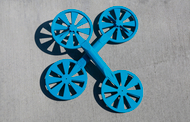
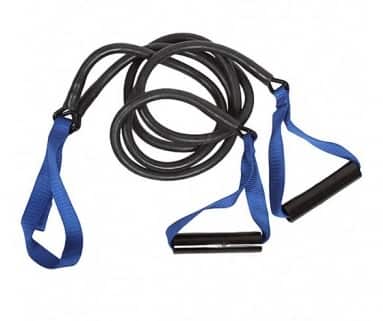
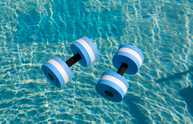
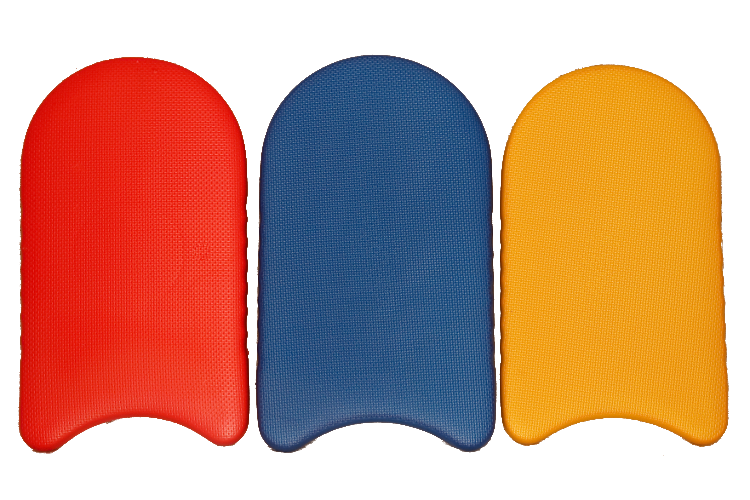
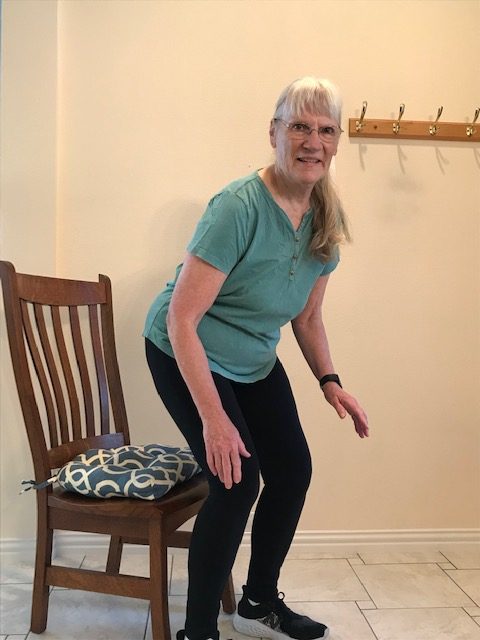
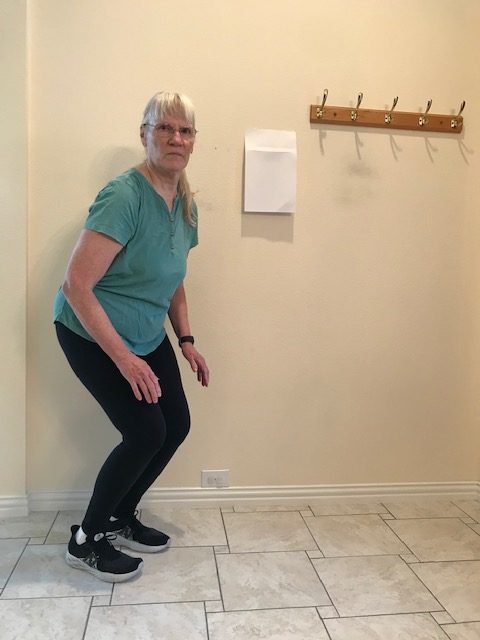
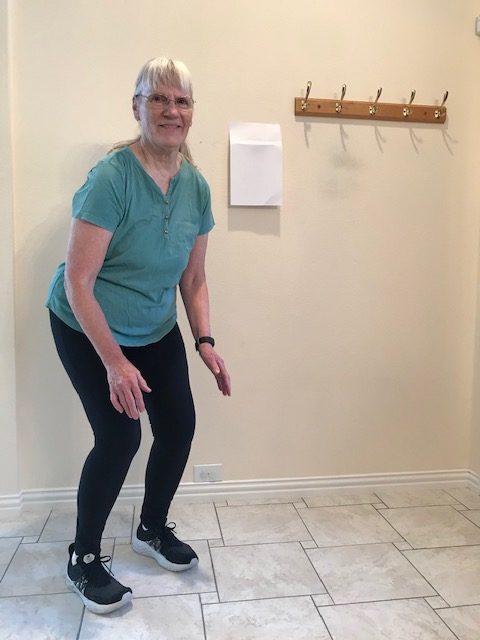
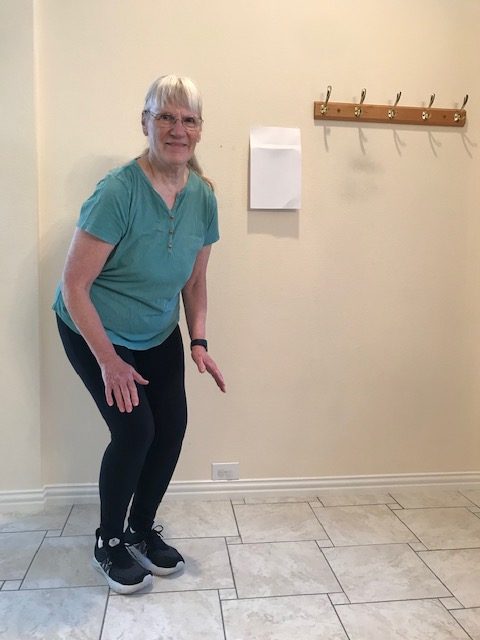
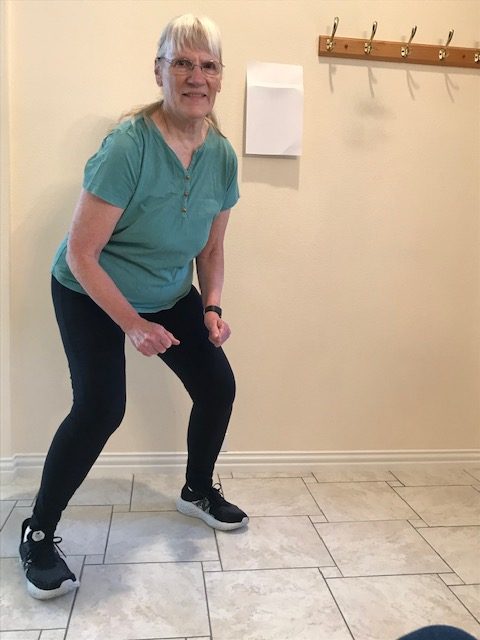
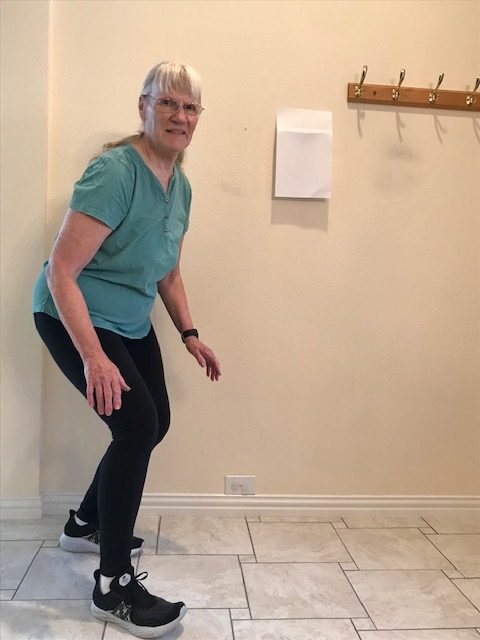
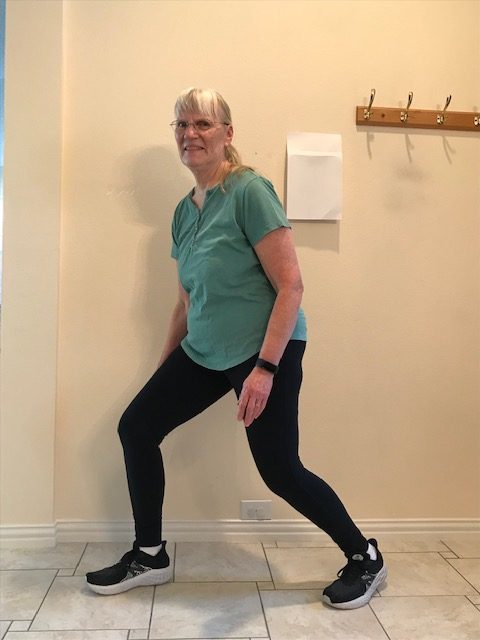
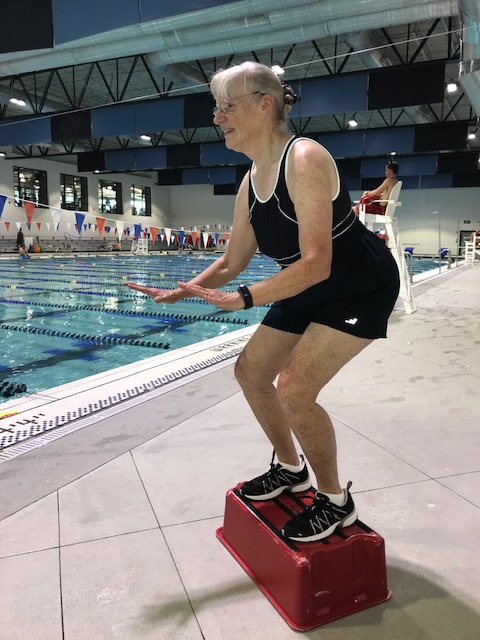
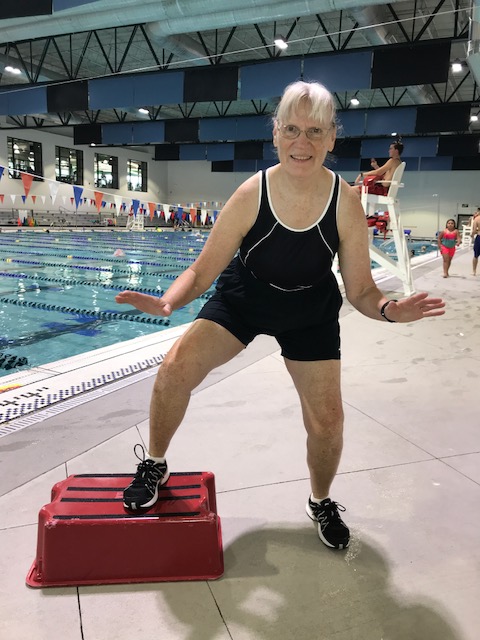
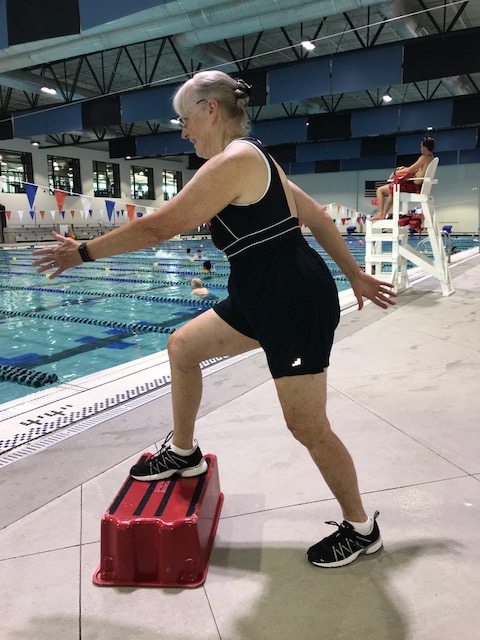
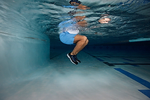
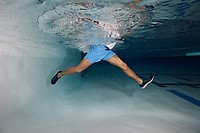
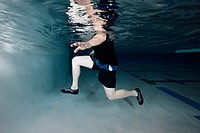
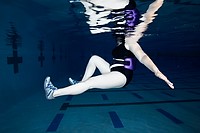
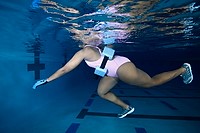
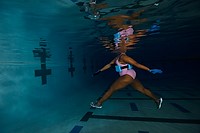
Leave a Reply